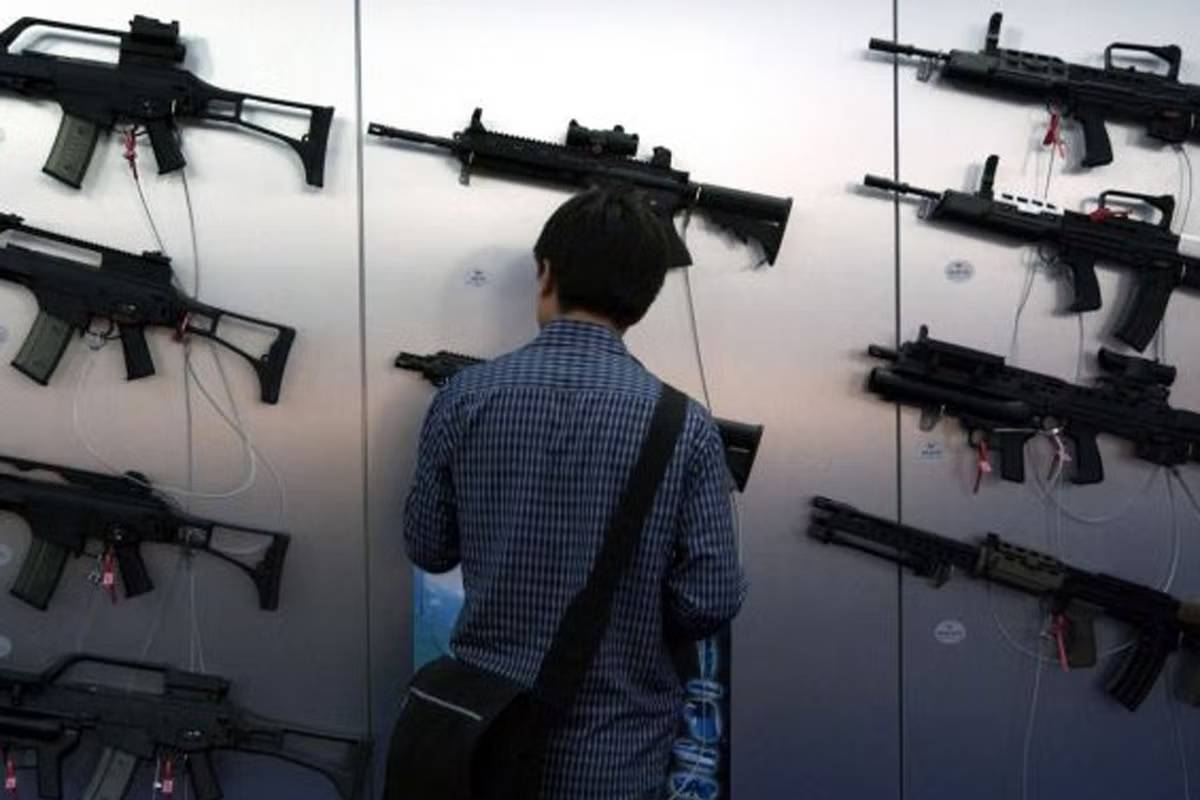A significant amount of reform is about to be implemented in the Indian Defense, which is the world’s second-largest army. The strategy is known as “Aatmanirbhar Bharat,” which translates to “Self-Reliant India,” which places a significant amount of emphasis on the defense and aerospace industries, with a particular emphasis and investments on the construction of a manufacturing infrastructure that is supported by research and development. The government’s goal is to have sales in the aerospace and defence industry reached $25 billion by the year 2025, with $5 billion of that coming from exports. Night vision, as well as night vision equipped on drones, is just one of the many variants of modern military technology.
Because it allocates 2.15 percent of its gross domestic product to its military, India is the third-largest military spender in the world. Over the next five to seven years, India intends to spend a total of $130 billion to bring all of its military fleets up to date. In the Union Budget for 2022-23, there was allocated $70.6 billion for the defence sector. The quantity of capital bought from within India has increased from 64 percent in 2021-22 to 68 percent in 2022-23 as part of the self-reliant India initiative.
Table of Contents
The application of cutting-edge technology in the military:
Artificial intelligence (AI), robotics, and the internet of things (IoT) are some of the major developments that are being implemented to improve military effectiveness and operations and optimize defence operations. Today, conventional warfare is being gradually supplanted by hybrid strategies, which mix cyber warfare and other frontiers along with traditional ones.
Drones equipped with night vision:
Night vision may refer to one of three distinct technologies when discussing drones. Every one of them makes it possible for the camera on a drone to take still images or video even when there is very little or no available light. It is possible to accomplish this goal by utilizing one of the following three types of cameras: a thermal camera, an infrared (IR) camera with an IR light, or a low-light camera.
What exactly does it mean by a night vision on drone?
Three distinct technologies are meant to be referred to when using the phrase “night vision” about drones. The ability of your drone to record photographs at night and in low light is the goal of all of these accessories, although they accomplish this goal in different ways. The outcome is extremely different in each scenario, and the optimal applications for each of the many technologies are also quite distinct from one another.
Camera for low light levels
Numerous drones that have high-quality cameras will have both a large lens and a large CMOS chip. These components will enable the camera to create an image by making the most efficient use of any light that is there. When these images are recorded in RAW, it is typically quite simple to use post-processing methods to create a decent photo or video out of something that was recorded in quite low light conditions. This is because RAW allows for more latitude in terms of how much light can be captured by the camera.
Conclusion:
Many different kinds of construction and industrial inspections can now take place at night, and they rely almost entirely on drones equipped with thermal imaging sensors. Previously, these inspections could only be conducted during daylight hours. Dust from a construction site or fog on a hillside does not represent a barrier, as thermal emissivity can pass through both of these types of particulates in a manner that is not possible for visible light.
This is only the tip of the iceberg when it comes to the potential applications of night vision in conjunction with drones. The capacity to observe things and people without relying on any external light source, especially with thermal imaging, alters the game in a lot of different businesses. This is especially true with medical imaging.



